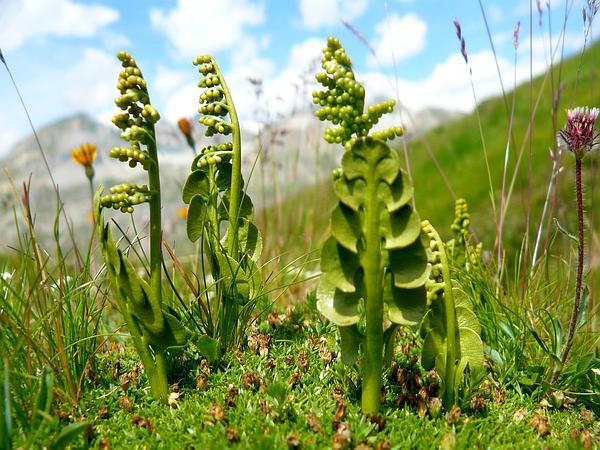Species Distribution Modeling for Moonworts (Botrychium spp.) an annotated bibliography created for GEOG560

Species Distribution Models (SDM) help predict potential habitat or occurrences of species across a geographical range. A number of geographical and habitat elements (elevation, soils, associated plants, slope, etc.) from known populations is entered into a model and then compared to a wider geographic range, looking for areas that share similar “ideal” elements. These models help ecologists to determine which areas to focus on in search of new populations of the target species. It can help managers assess areas to conserve for use by wildlife, or look for invasive species.
Federal agencies in charge of natural resources are required to document and protect rare and endangered species on federal lands. SDM’s are a tool that can help direct where to best spend resources to find new populations of endangered species. An SDM can also help decide which tracts of land should be conserved for potential future populations to utilize.
I’m working with the Colville National Forest to develop a Species Distribution Model for moonworts (Botrychium spp.) Moonworts are ephemeral ferns from the Ophioglassaceae family. Although, not all species of moonworts are considered threatened or endangered, many Botrychium species are found colocated and share similar habitat niches. Below are listed some of the papers I’ve read to help in my research of creating a Species Distribution Model.
Botrychium

